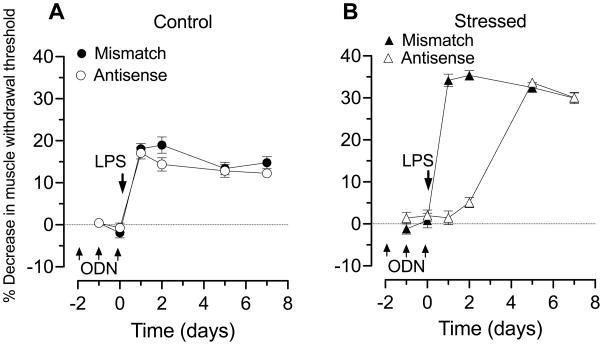Figure 3. LPS-induced muscle hyperalgesia: role of TNFα.
A. Administration of LPS (100 μg/kg i.p.), in control (mismatch ODN, filled circles n=12; baseline nociceptive threshold: 3.09±0.04 N, data point not shown) decreased nociceptive threshold ~20% beginning one day after administration. This hyperalgesia remained undiminished for the 7-day post-administration testing period. In rats treated with ODN antisense to the TNFα receptor (open circles, n=12; baseline nociceptive threshold: 3.12±0.03 N), to decrease expression of this receptor in primary afferent neurons, the magnitude and duration of LPS-induced hyperalgesia was not different from control rats.
Fifteen days after sound stress, administration of LPS in rats treated with mismatch ODN (filled triangles n=12; baseline nociceptive threshold: 3.12±0.04 N, data point not shown) decreased nociceptive threshold ~30% beginning one day after administration; this decrease in nociceptive threshold was significantly greater than in non-stressed rats receiving mismatched ODN (P<0.05). In stressed rats treated with antisense ODN to TNFα receptor (open triangles, n=12; baseline nociceptive threshold: 3.15±0.04 N), LPS-induced hyperalgesia was prevented during ODN administration and 1 day post administration. 4 d post ODN administration, at a time when antisense effects would have reversed, the magnitude LPS-induced hyperalgesia was not different from stressed rats that had received mismatch ODN.

